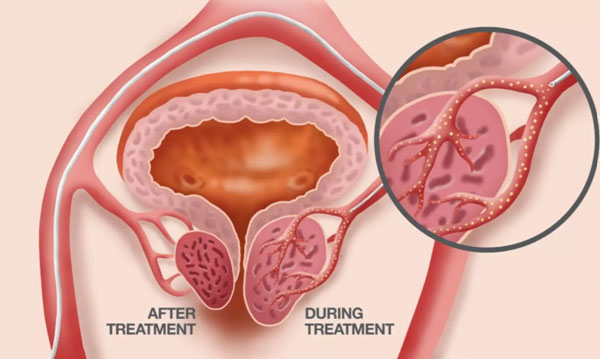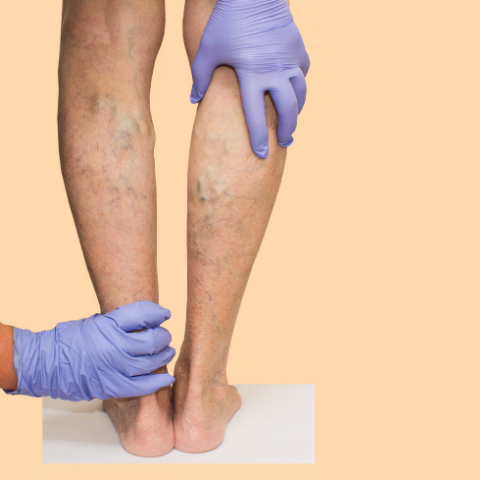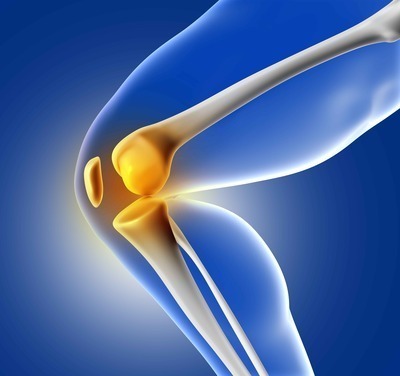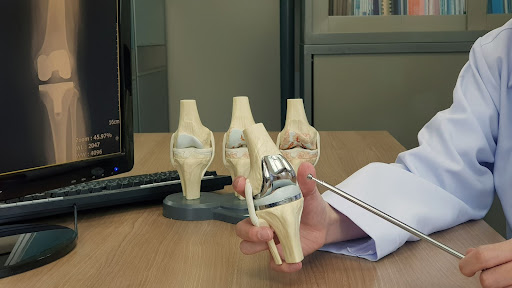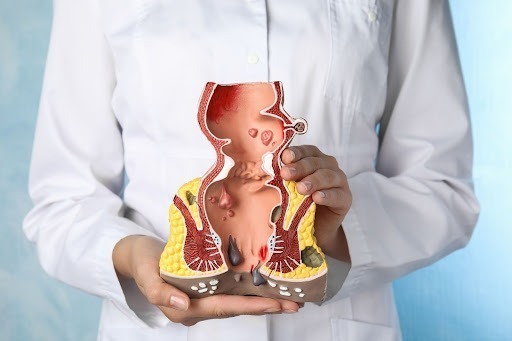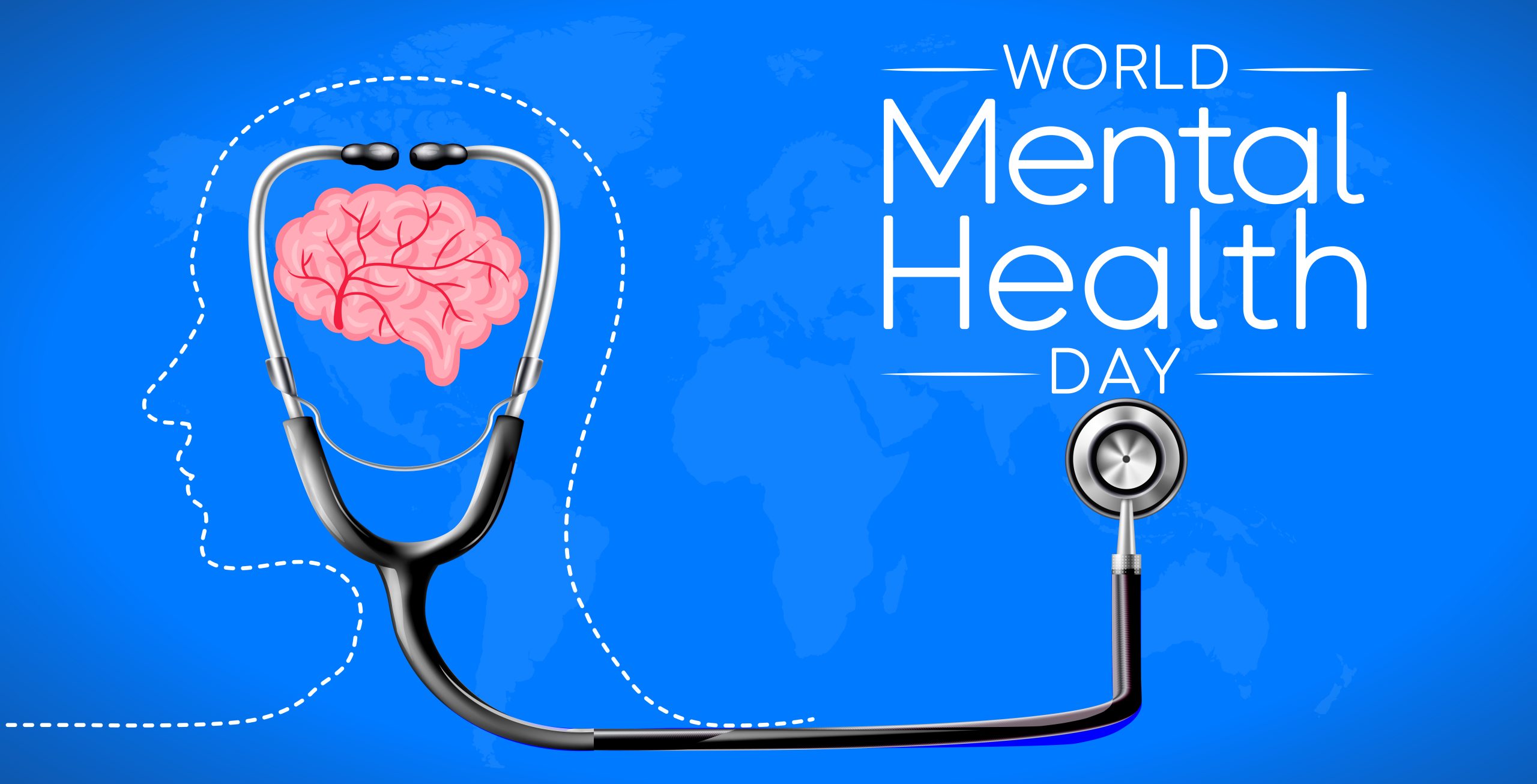Kidney Stones / Urology
Understanding Kidney Stones: Causes, Symptoms, and Treatments
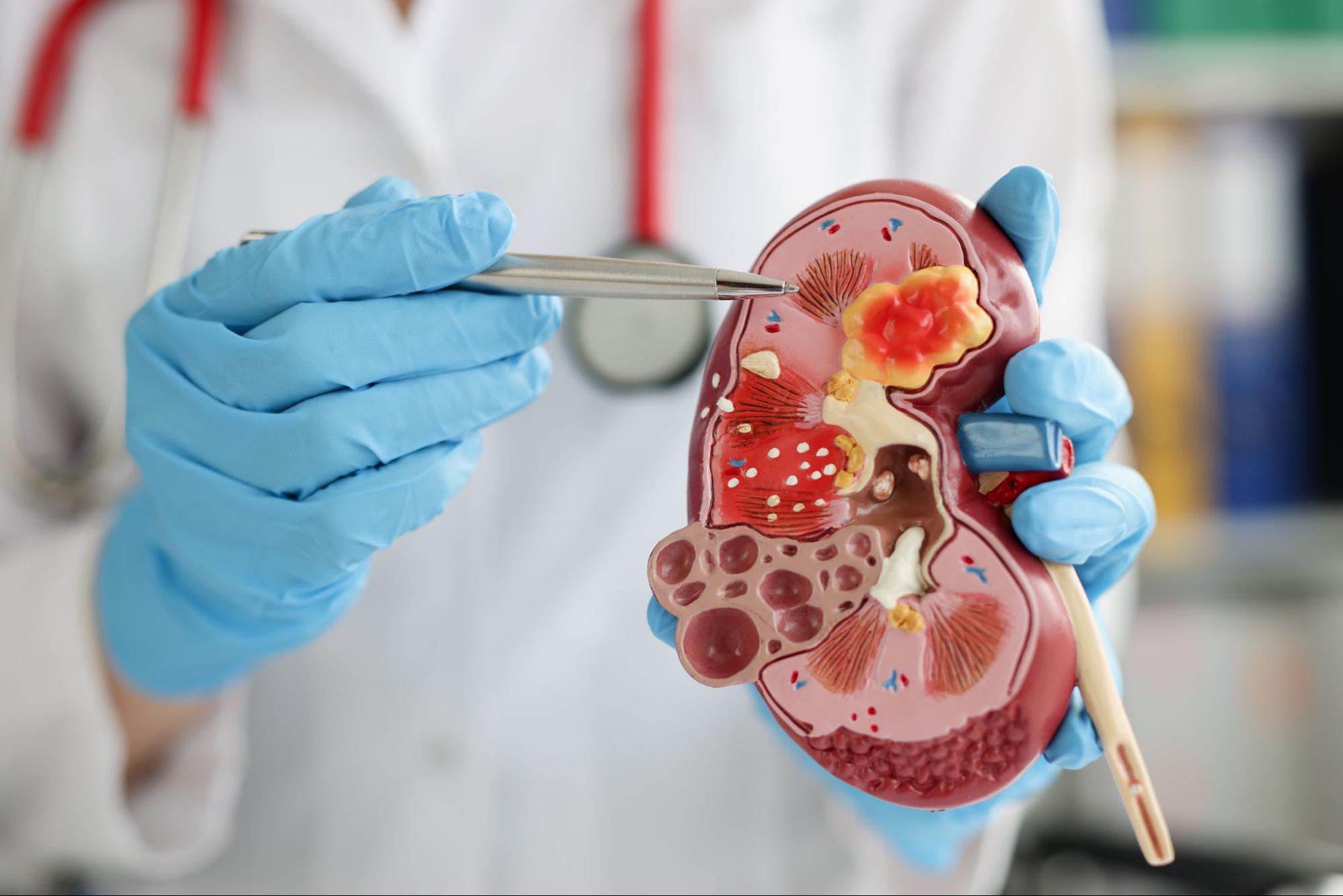
by admin
14th August 2023
7 minutes read
Introduction
The human body is an amazing machine, a network of intricate organs and systems that work together to keep us alive and healthy. However, occasionally, things go wrong, and health issues arise. Kidney stones, also known as renal calculi, are one such health problem that can affect both men and women. This blog post aims to provide a comprehensive understanding of kidney stones, addressing questions like how kidney stones are formed, kidney stone reasons, symptoms, treatment options, and more. So let’s begin our exploration of this important health topic.
Understanding Kidney Stones
Kidney stones are hard deposits, composed of minerals and salts, that form inside your kidneys. They originate from the concentrated urine, enabling the minerals and salts to stick together and form ‘stones.’ The size of kidney stones can vary; some are as small as a grain of sand, while others can be as large as a pebble or even larger. Regardless of their size, the presence of these stones in the kidney or other parts of the urinary tract can cause significant discomfort and pain, often referred to as kidney stone pain.
Kidney Stone Reasons: How are Kidney Stones formed?
Understanding kidney stones reasons or causes is an essential part of addressing the problem. The formation of kidney stones results from a variety of factors. Key among them are the high concentration of specific substances in the urine, such as calcium, oxalate, and uric acid, beyond which the urine cannot dilute. Insufficient water intake can exacerbate this issue, as it leads to less dilute urine and increases the risk of stone formation.
Genetics, certain diets, specific medications, and some metabolic disorders can also increase the likelihood of forming kidney stones. It’s worth noting that kidney stones can affect anyone but are more common in men than in women.
Kidney Stone Symptoms
The kidney stone symptoms can vary depending upon the stone’s size and location. When a kidney stone moves within your kidney or passes into your ureter (the tube connecting the kidney and bladder), you might experience symptoms like severe pain in the back or side below the ribs, pain that radiates to the lower abdomen and groin, pain during urination, or even blood in the urine (red, pink, or brown urine).
It’s essential to note that kidney stone symptoms in women may sometimes be mistaken for menstrual pain or a urinary tract infection. Consequently, women experiencing recurrent unexplained pain should seek medical advice. Small kidney stones might pass without causing any symptoms, but larger stones can obstruct the urinary tract and cause severe pain, known as renal colic.
Types of Kidney Stones
There are several types of kidney stones, each formed from different substances. The most common types include:
- Calcium stones: They are the most common type of kidney stones, often in the form of calcium oxalate.
- Struvite stones: These can form in response to urinary tract infections.
- Uric acid stones: These form in people who lose too much fluid, have a high-protein diet, or have gout.
- Cystine stones: These are relatively rare and form in people with a genetic disorder that causes cystine to leak into the urine.
Kidney Stone Treatment
Kidney stone treatment primarily depends on the stone’s size, type, and the patient’s overall health status. It could range from at-home remedies for small stones to medical procedures for larger stones or those causing severe symptoms. Here are several strategies for treating kidney stones:
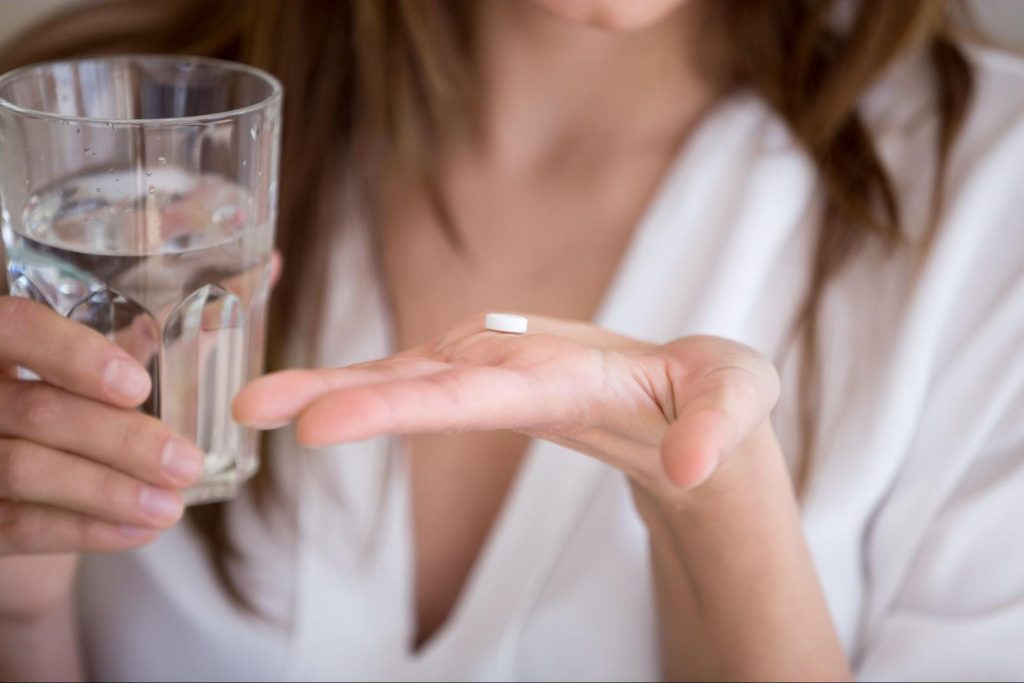
1. At-Home Treatment
Small kidney stones often pass through the urinary system on their own. During this process, you can manage pain and assist the stone’s passage with the following measures:
- Hydration: Drinking lots of water can help flush the urinary system.
- Pain relievers: Over-the-counter pain relievers like ibuprofen (Advil, Motrin IB, others) or naproxen sodium (Aleve) can help manage the pain.
- Medical therapy: Your doctor may prescribe a medication known as an alpha-blocker, which relaxes the muscles in your ureter, helping pass the kidney stone more quickly and with less pain.
2. Medical Procedures
If the kidney stones are too large to pass naturally or cause bleeding, kidney damage, or persistent pain, more invasive procedures may be required:
- Extracorporeal shock wave lithotripsy (ESWL): This procedure uses sound waves to create strong vibrations (shock waves) that break the stones into tiny pieces. After the procedure, these small pieces can pass in your urine.
- Ureteroscopy: If a stone is stuck in the ureter or bladder, your doctor might use a thin, lighted tube (ureteroscope) equipped with a camera to remove or break up the stone.
- Percutaneous nephrolithotomy or nephrolithotripsy: In cases where the stones are too large to be broken up by ESWL or ureteroscopy, the doctor might suggest a surgical procedure to remove the stones directly.
3. Prevention and Long-term Treatment
Prevention is an important aspect of kidney stone treatment, particularly for those who have had one before. This includes drinking plenty of fluids to maintain urine volume, limiting foods rich in oxalates (spinach, rhubarb, nuts, and others), reducing salt intake, and balancing your intake of animal proteins.
4. Kidney Stone Surgery
In cases where non-invasive treatments are ineffective or the kidney stone is exceptionally large, kidney stone surgery might be necessary. This could include:
- Percutaneous nephrolithotomy: The surgeon makes a small incision in your back and inserts a tube or an instrument to remove the kidney stone.
- Open surgery: A more extensive surgery to remove the kidney stone, called an open nephrolithotomy, is very rarely performed nowadays.
Each patient is unique, and the best treatment approach will depend on various factors, including stone size and location, patient’s overall health, and their doctor’s recommendations. Always consult with a healthcare professional to determine the most suitable treatment option for you.
Prevention: How to Remove Kidney Stones
While treatments are effective, the old adage “prevention is better than cure” holds true here. Keeping the body well hydrated can dilute the substances that form stones. Eating fewer oxalate-rich foods like rhubarb, spinach, and beetroot can help. It’s also vital to reduce salt intake and limit the amount of animal protein eaten.
Conclusion
In summary, understanding kidney stones—how they’re formed, their symptoms and potential treatments is crucial for both prevention and effective management. Knowledge of kidney stone pain location can also help in early identification and timely medical intervention. With modern medicine and an informed lifestyle, dealing with kidney stones can be less daunting.
However, remember to consult your doctor if you suspect you have kidney stones, as each person’s health circumstances are unique.
How can Medfin help?
Medfin is a daycare surgery expert providing access to the latest surgical procedures and top doctors in your city at affordable prices. Medfin provides you access to top doctors and surgeons with 10+ years of experience . With Medfin, you can leave your hassles behind and focus on your health. From instant consultations to paperwork assistance, we have got you covered with everything. So why wait? Call us today!
FAQs
Yes, certain foods, such as those high in oxalate (e.g., spinach, nuts) or salt, can contribute to the formation of kidney stones. Additionally, inadequate fluid intake may also increase the risk.
While there is a genetic component to kidney stone formation, it doesn’t mean that everyone with a family history will develop them. However, having a family history may increase the risk
Men are generally more susceptible to kidney stones than women. Additionally, people with a family history of kidney stones, those with certain medical conditions (e.g., hyperparathyroidism), and those with a history of recurrent stones are at higher risk.
Yes, kidney stones can be categorized into different types based on their composition. Treatment approaches can vary depending on the type and size of the stone. Some stones may pass naturally with increased fluid intake, while others may require medical procedures like lithotripsy or surgery.
Yes, children can develop kidney stones, though it is less common than in adults. The treatment of kidney stones in children may require specialized care and consideration, as their growing bodies have unique physiological needs and may respond differently to certain treatments. Pediatric urologists and nephrologists are typically involved in their care.
CATEGORIES
- ACL Reconstruction
- Anal Fissures
- Anal Fistula
- Appendicitis
- ASK A DOCTOR
- Benign Prostatic Hyperplasia
- Breast Lump Excision
- Cataract
- Circumcision
- Conditions & Diseases
- Cosmetology
- Covid-19
- Cure
- Endocrinology
- ENGLISH VIDEOS
- Eye Care
- Gallstones
- General Surgeries
- Government Schemes
- Gynaecology
- Gynecomastia
- Health
- Health Insurance
- Hernia
- Hindi
- Hip Arthoscopy
- Hip Replacement
- Hip Replacement Surgery
- Hydrocele
- Kannada
- Kidney Stones
- Knee Arthroscopic
- Laparoscopic
- LASER
- Latest Treatments
- Lifestyle
- Liposuction
- Medfin Stories
- Medicine
- Nephrology
- Ophthalmology
- Orthopaedic
- Paraphimosis
- Patient Testimonials
- PCL Reconstruction
- Phimosis
- Piles (Hemorrhoids)
- Pilonidal Sinus
- Proctology
- Prostate Artery Embolization
- Rhinoplasty
- Second Opinion
- Total Knee Replacement
- Urology
- Uterine Artery Embolization
- Uterine Fibroids
- Varicocele
- Varicose Veins
- Vascular
- VIDEOS
